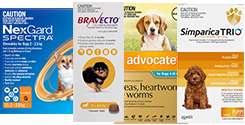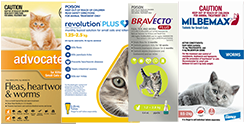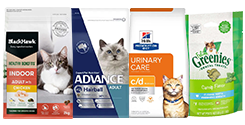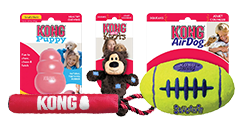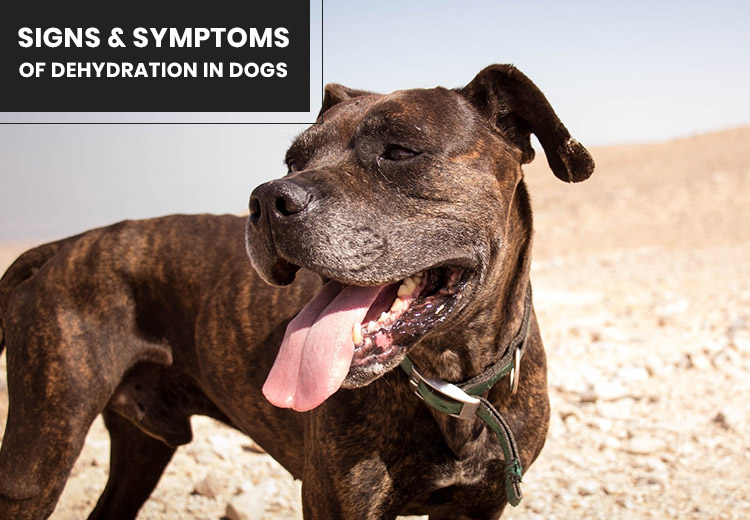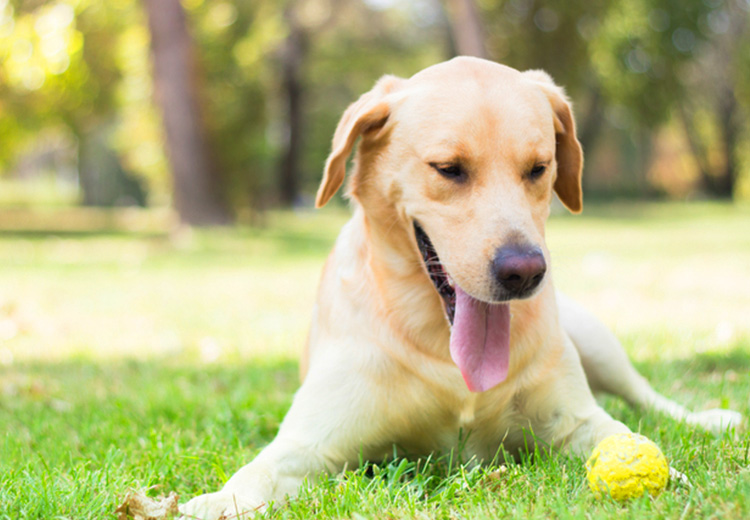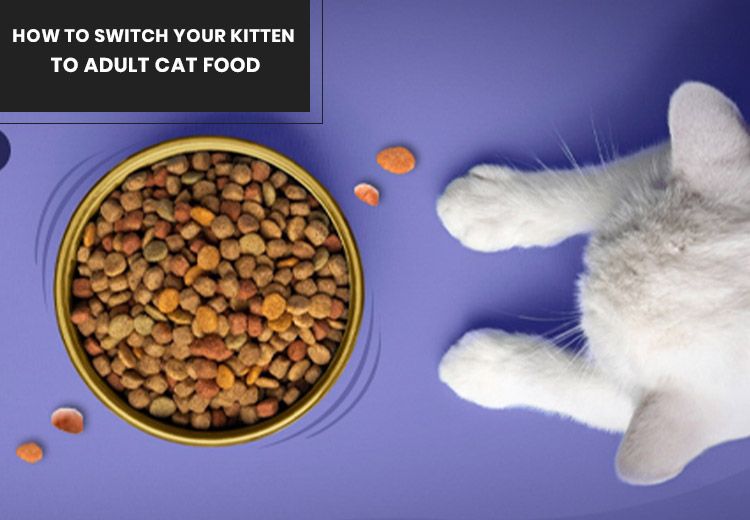Water, the elixir of life, plays a pivotal role in the well-being of our beloved canine companions. Did you know that a staggering 60% of an adult dog's body weight is comprised of water? For puppies, this percentage can soar to a remarkable 70% to 80%. It is no exaggeration to say that without proper hydration, a dog's body cannot function optimally. Therefore, it becomes imperative for us, as responsible pet owners, to be able to identify the early signs of dehydration in our furry friends. In this comprehensive blog, we will delve into the causes of dehydration in dogs, enlighten you about simple at-home tests to determine dehydration and discuss the physical signs to be vigilant about at different stages of dehydration.
Dehydration can manifest in our canine companions due to a multitude of reasons, including:
1. Inadequate water intake
: Dogs may find themselves deprived of sufficient water due to a lack of access or behavioural reasons. It is crucial to ensure that fresh, clean water is readily available to them at all times.
2. Fluid loss
: Vomiting, diarrhoea, excessive urination, and increased panting can all contribute to significant fluid loss in dogs. These factors can rapidly deplete their hydration levels, necessitating prompt attention.
3. Nursing dogs
: Nursing mothers, in their selfless dedication to nurturing their offspring, may inadvertently neglect their own hydration needs. The fluids lost through nursing must be replenished to prevent dehydration.
4. Underlying medical conditions
: Dogs afflicted with certain medical conditions, such as diabetes, kidney disease, and cancer, may experience increased thirst and urination. This heightened fluid loss can exacerbate the risk of dehydration and necessitate closer monitoring.
5. Extreme heat
: Dogs, much like humans, are susceptible to the perils of scorching temperatures. In hot weather, dogs need to consume more water to counteract the effects of dehydration and maintain their well-being.
Since our canine companions cannot verbally communicate their thirst or dehydration, it falls upon us, their guardians, to be astute observers and recognize the subtle signs. Here are two simple yet effective tests that can be conducted at home:
1. Skin tent test
: This quick and straightforward test involves gently grasping and lifting the skin over your dog's shoulder blades, then releasing it. By practicing this test when you know your dog is well-hydrated, you can establish a baseline for comparison. In a well-hydrated dog, the skin will promptly snap back into place. However, if dehydration is present, the skin will remain tented or fall back into place more slowly. It is important to note that certain breeds with wrinkly skin or senior dogs with naturally looser skin may exhibit variations in the skin tent test. If you have concerns about dehydration, it is advisable to contact your veterinarian or an emergency veterinary clinic for further guidance.
2. Gum test
: The gums of our canine companions can serve as valuable indicators of mild dehydration. Begin by observing the colour and wetness of your dog's gums. Normally, healthy gums should appear pink and moist. However, in mildly dehydrated dogs, the gums may become dry and tacky. To assess capillary refill time, gently press your finger against your dog's gum and then release it. The area pressed will momentarily appear white. If the pressed area returns to its normal pink colour within two seconds, it suggests that blood flow is likely normal. Prolonged refill times, exceeding two seconds, indicate dehydration and warrant attention.
Being able to recognize the physical signs of dehydration at different stages is crucial in taking prompt action. Here are the signs to be vigilant about:
- Lethargy or decreased energy levels
: A dog experiencing mild dehydration may exhibit a lack of enthusiasm or reduced activity levels. This can be attributed to lowered blood pressure resulting from dehydration.
- Sticky gums:
As dehydration progresses, a dog’s mouth lose its natural wetness, leading to sticky gums.
- Excessive panting:
Dogs pant to regulate their body temperature, and increased panting may indicate the need for more water intake.
- Confusion, stumbling, or tripping:
Dehydration can affect a dog's cognitive function, leading to disorientation and impaired coordination.
2. Moderate dehydration
- Loss of skin elasticity (skin tent test):
As dehydration worsens, the skin loses its ability to quickly return to its normal position following the skin tent test.
- Loss of appetite:
A decrease in appetite can be an indication of more severe underlying medical issues that can exacerbate dehydration.
- Dry gums:
In the later stages of moderate dehydration, dry gums become evident. If your dog's gums are excessively dry, progressing beyond being tacky, veterinary care becomes essential.
3. Severe dehydration (requires immediate veterinary care)
- Vomiting:
Severe dehydration can induce vomiting, further exacerbating the fluid loss and dehydration.
- Diarrhoea:
Another symptom that can intensify dehydration, diarrhoea necessitates immediate attention.
- Excessive panting and difficulty breathing:
Dogs experiencing severe dehydration may exhibit laboured breathing, with heaving sides and a protruding tongue.
- Sunken, dry-looking eyes:
In an effort to ensure adequate blood flow to essential organs, a dehydrated dog's body redistributes fluids, often resulting in sunken eyes.
- Increased heart rate:
A dog's normal heart rate ranges from 70 to 120 beats per minute, with slight variations for toy/small breed dogs. However, when dehydrated, their heart rate can increase for more than 30 seconds. A sustained heart rate exceeding 160 beats per minute necessitates immediate veterinary care. If the sustained heart rate reaches a staggering 250 beats per minute, the situation becomes extremely critical.
- Confusion or disorientation:
Dehydration can impair a dog's mental clarity, leading to confusion or disorientation.
- Extremely dry, dark red or pale gums:
Low blood volume and altered blood flow through the capillaries can result in gums appearing extremely dry, dark red, or pale.
- Collapse:
Shock can ensue when a dog's circulatory system fails, depriving essential organs of sufficient oxygen. This can lead to collapse and necessitates immediate veterinary intervention.
The prospect of dehydration in our canine companions may seem daunting, but armed with knowledge about the early signs of mild dehydration; we can swiftly intervene before the situation becomes dire. By being attuned to our dogs' hydration needs, encouraging them to drink cool, clean water and promptly seeking veterinary care when necessary, we can ensure their well-being and safeguard them from the potentially devastating consequences of dehydration. Remember, our dogs rely on us to be their advocates and guardians of their health, and by recognizing the signs of dehydration, we can fulfil this responsibility with unwavering dedication.



































